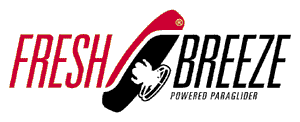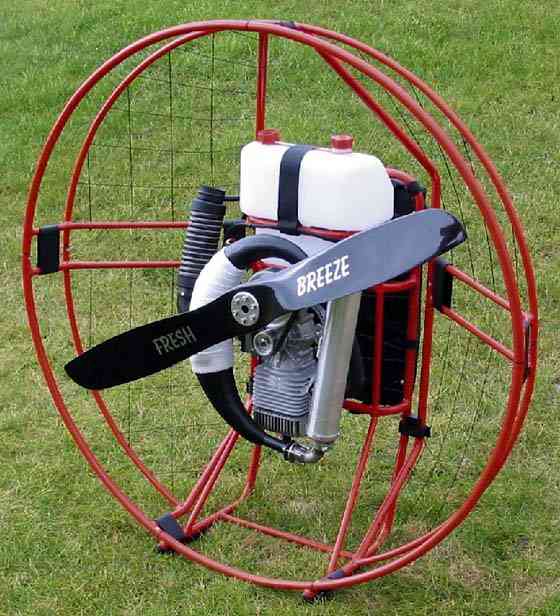
MANUAL
SIMONINI
Version February 2003.
 |
||
|
ASSEMBLY
|
OPERATION
|
MAINTENANCE
|

MANUALSIMONINIVersion February 2003.
|
||||||
|
||||||||||||||||||||||||||||||||||

|
ASSEMBLY OF THE MOTOR
|
| 03 |
ASSEMBLY OF THE MOTOR (2)

|
ASSEMBLY OF THE MOTOR (3)

|
TECHNICAL DATES
NEXT DATES ARE DEPEND FROM: WEATHER, ALTITUDE, PILOTS WEIGHT, GLIDER AND SIZE AS WELL AS ATMOSPHERIC HUMITY.
|
| Little throttle | less consumtion | |
| Big throttle | high consumtion | |
| Low flightlevel | less consumtion | |
| High flightlevel | high consumtion | |
| Small glider | high consumtion | high speed |
| Big glider | less consumtion | slow speed |
| Leightweight pilot | less consumtion | slow speed |
| Heavyweight pilot | high consumtion | high speed |

| 06 |
FUEL AND OIL
|
|||||

|
CARBURETTOR AND INTAKESILENCER
|
||||||||

|
CARBURETTOR AND INTAKESILENCER (2)
|
||||

|
CARBURETTOR AND INTAKESILENCER (3)
|
|||||||||

|
ENGINE
|
||||||||

|
ENGINE (2)
|
||||||||

|
ENGINE (3)
|
||||||||

|
GEARBOX
|
||||||||

|
||||||||
GEARBOX (2)
|
||||||

|
PROPELLER
|
||||||||

|
PROPELLER (2)
|
|||||||

|
POWER IGNITION SYSTEM
|
||||||||

|
||||||||
EXHAUST
|
||||||||

|
THROTTLE RESPECT
|
||||||||

|
THROTTLE AIRBOSS
|
||||||||

|
HARNESS
|
||||||||

|
HARNESS (2)
|
||||

|
HARNESS (3)
|
|||||||

|
CHECKLIST
|
||

|
CHECKLIST (2)
|
||

|
|
|

|